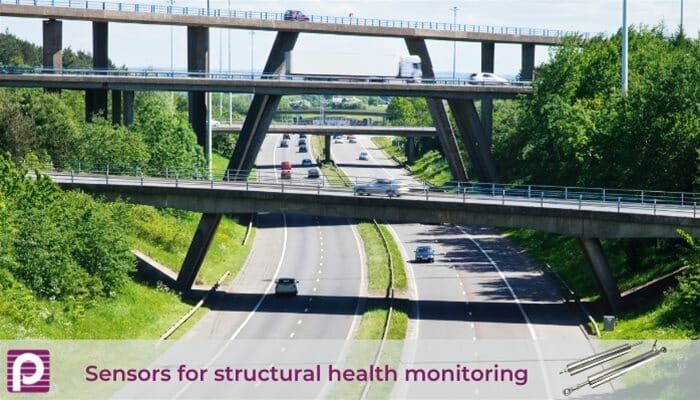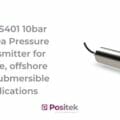Structures such as bridges, tunnels and coastal defences can weaken over time as the effects of the elements, including extreme heat or cold, water corrosion, and movement from earth tremors, have an impact. If a weakness goes unnoticed, the consequences can be catastrophic and it is to this end that structural health monitoring is essential. Real time monitoring allows engineers to observe any changes in the safety, strength, integrity and performance of a structure and take corrective action.
How is structural health monitored?
A number of different types of sensors can be embedded or attached to monitor movement, stresses, strains and deformations. These include load cells to monitor the foundations of a structure such as anchors, piles and struts, accelerometers to measure vibration, displacement sensors to monitor cracks and inclinometers to measure change from the vertical.
Sensor specification
When thinking about structures such as bridges, tunnels and dams, it is clear that the weather is a persistent and unpredictable adversary. Rain, ice, wind and salt all have the potential to impact service life thereby making continual preventative maintenance essential. Expansion joints on concrete bridges, for example, will expand and contract for a number of reasons including temperature variations, the weight of vehicles, ice and shrinkage in the concrete. Given the exposure to the elements, any sensor employed to measure and monitor changes must also be able to operate with high accuracy in these conditions and so looking at their environmental rating in terms of temperatures, water resistance and dust resistance is crucial. Other factors to take into account are the sensitivity of the sensor and its dynamic range.
While much structural monitoring is ongoing and long-term, there are also instances where shorter-term structural degradation analysis is required for maintenance or refurbishment. In some cases, customised solutions are required to suit individual project requirements and so the ability of sensor manufacturers to design and deliver to meet a short lead time is essential.
Case study: motorway bridge structural monitoring
We recently worked with a major UK-based structural health monitoring company that had been called in to urgently evaluate problematic expansion joints on a reinforced concrete motorway bridge. The project required a customised solution with precise combined accuracy, temperature stability and environmental specification and it had to be delivered within one week to accommodate a scheduled maintenance closure of the bridge. Full details on the project can be found here, with more information on non-contacting sensor technology and our S115 sensor, which has environmental sealing to IP68 and 10 bar pressure endurance, available by clicking this link.
If you are a structural health monitoring company looking for a fast solution to your monitoring needs, please contact our team on 01242 820027 or email sales@positek.com








